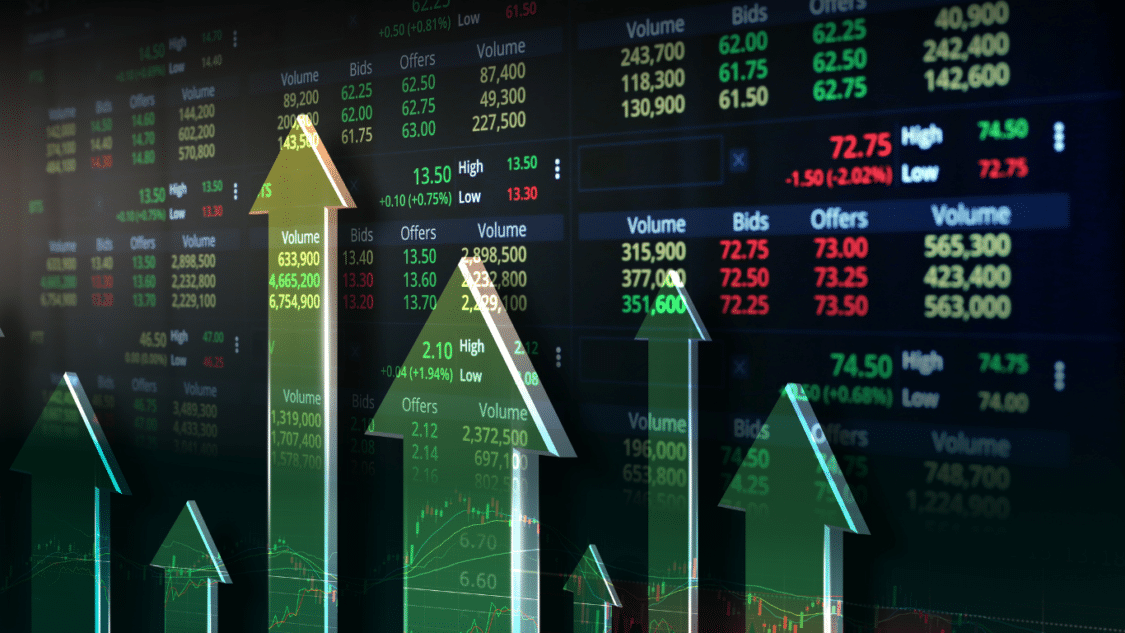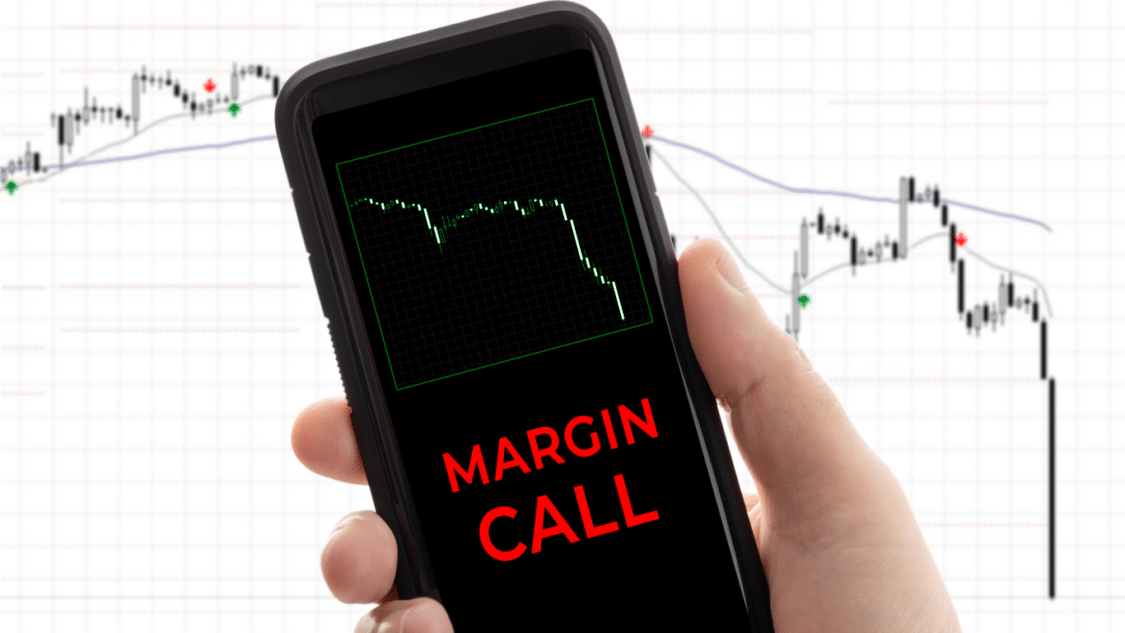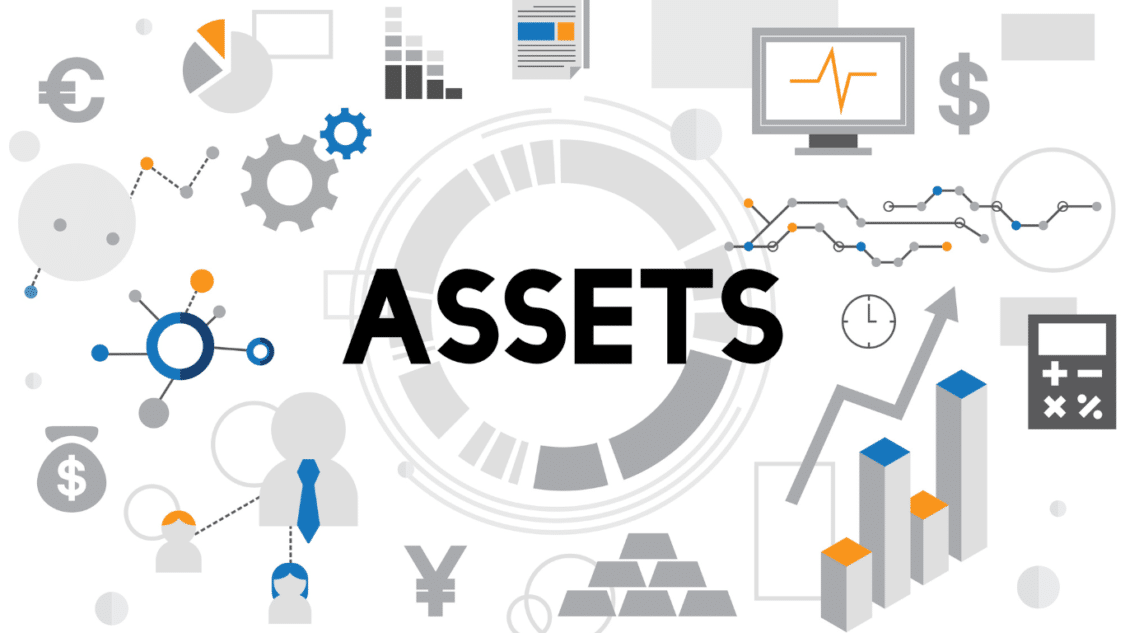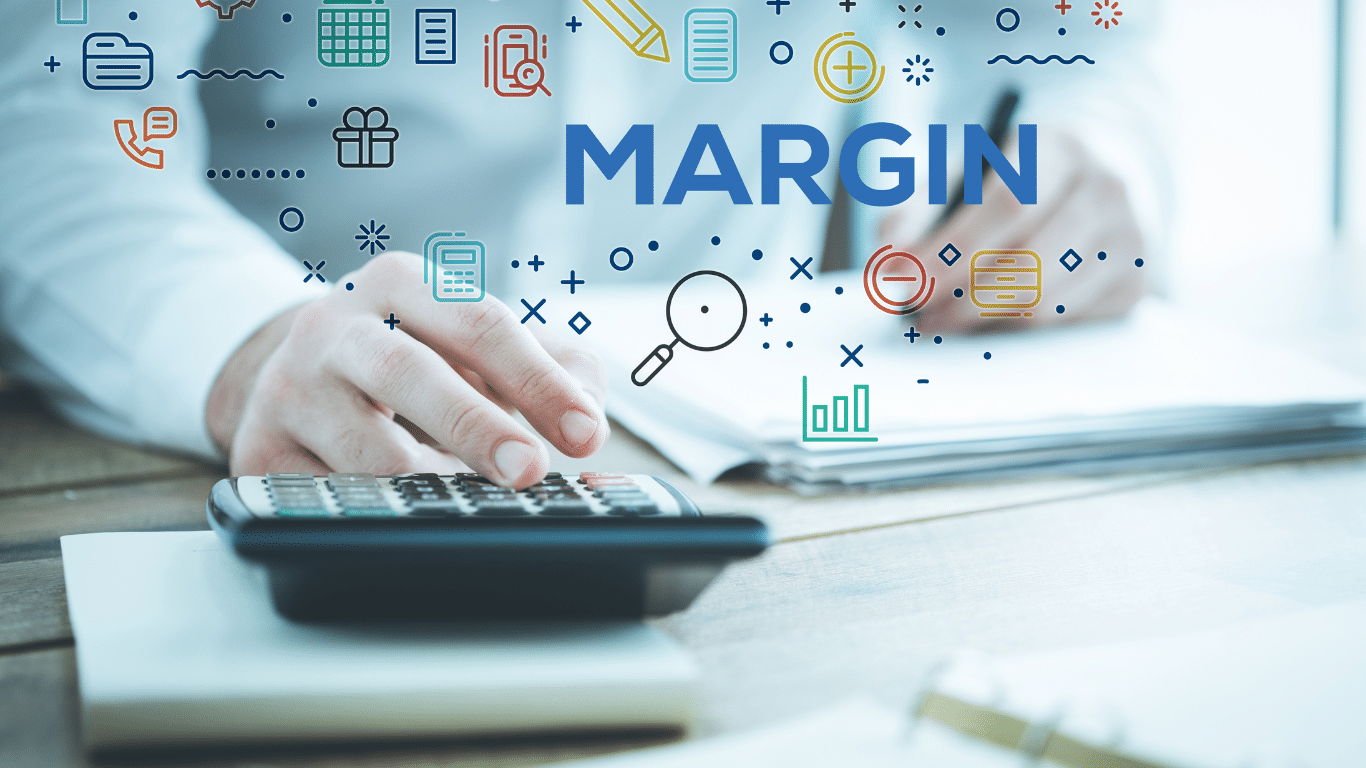Margin trading is a method for trading assets with funds from third-party supplies. Compared to a traditional account, a margin account permits greater sums of capital, allowing traders to leverage their positions. A margin increases trading results, and traders make bigger profits on already successful trades. Due to its ability to boost trading returns, it is widespread in low-volatility markets such as the international Forex market. Margin trading has become popular among investors looking to maximize their potential profits in the financial markets. Understanding the complicated nature and answers of margin trading allows investors to make educated decisions and improve their trading methods while efficiently managing risk.
Traditional Market

In a traditional market, an investment broker often provides the funds borrowed. While in the crypto market, funds are made available through different traders. They then earn interest based on market demand for margin funds. Although it is less common, another option for the crypto market is having the exchange provide the margin funds for their users.
How does Margin Trading work?
When starting a margin trade, the trader must commit a percentage of the order value. The margin is the initial investment closely related to the idea of leverage. These accounts create leveraged trading, where leverage is the ratio of borrowed funds to margin. Margin trading is applicable for both long and short positions. When a trader holds a long position, he believes the asset’s price is to increase, and when having a temporary position, the assumption is that the asset’s cost will decrease.
The trader’s assets are collateral for the borrowed funds, while the margin position is accessible. This is essential for a trader because most brokerages reserve the right to sell these assets if the market moves against them. When a trader opens a long-leveraged position, their margin may be called if the value drops dramatically. When a margin call is issued, traders must deposit additional cash into their margin account to fulfil the minimum criteria. If the trader fails to do so, the holdings will automatically liquidate to cover the losses. This will often happen when the value of the assets in the initial margin account is below the margin requirement of the exchange or broker.
How does a Margin Call work?

A margin call is a request made by a broker or exchange for an investor to add more money or assets to their margin account to keep the required minimum margin level. A margin call is when the value of the assets held in a margin account falls below a certain level, usually set by the broker or exchange.
When investors receive a margin call, they must deposit additional funds or securities into their account to return their margin level to the required minimum level. Suppose the investor does not respond to the margin call within a specified timeframe. In that case, the broker or exchange may liquidate some or all of the investor’s holdings to recover the borrowed funds.
Margin calls are typically triggered when the value of an investor’s position in the market falls below a certain percentage of the total amount of funds they have borrowed on margin. This is known as the “maintenance margin,” which the broker or exchange sets based on the volatility and risk associated with the asset being traded.
In essence, margin calls protect the investor and the broker or exchange from potential losses when trading on margin. By requiring investors to maintain a minimum level of equity in their margin accounts, brokers and exchanges can reduce the risk of default and ensure that they can recover the funds they have lent to investors.
What are the advantages and disadvantages?
When using margin trading, the most apparent advantage is the large profits it can bring. In addition, many have used this method for diversification, as there is the option to open a few positions with small sums of investment capital. Lastly, opening a margin account is an easy alternative for traders to open positions quickly without moving large amounts of money into their accounts.
With all the significant advantages of this strategy, there are also some disadvantages. As it can increase gains, it can also increase losses. The risks involved in margin trading can exceed the initial investment sum the trader put in. Therefore, it is considered a high-risk trading strategy. Of course, it also depends on the leverage in a single trade because the slightest drop in the market can cause significant losses. That’s why it is essential to use risk management when using margin trading properly.
What types of assets can be traded on margin?

- Stocks: Margin trading is commonly used for trading stocks on major stock exchanges.
- Futures: Futures contracts to buy/sell a commodity or financial instrument at a later date can also be traded on margin.
- Options: Another kind of contract traded on margin offers the buyer the option to buy or sell a crypto asset at a certain price with no obligation.
- Forex: Margin trading is widely used in the foreign exchange (forex) market, where traders can buy and sell currencies using leverage.
- Cryptocurrencies: Many cryptocurrency exchanges allow margin trading of digital assets such as Bitcoin and Ethereum.
The availability of margin trading for a particular asset can vary depending on the broker or exchange. Additionally, margin trading is typically unavailable for all stocks, as some may not meet the broker’s or exchange’s eligibility criteria.
Is Margin Trading with Cryptocurrency the riskiest option?
Margin trading on its own is risky; when joined with cryptocurrency, the risks only go higher. The volatility of the crypto market and margin trading combined call for margin traders to be specifically careful. Risk management strategies may help reduce risks; however, this is something beginners should stay away from.
The ability to analyze charts, pinpoint trends, and determine entry and exit points will not eliminate the risks associated with margin trading. Still, it may assist in better predicting risks and trading more effectively. Before leveraging their cryptocurrency trades, users should thoroughly understand technical analysis and have extensive spot trading experience.
What strategies can investors use when trading on margin?
- Leveraged Investing: This strategy involves using a margin to increase the size of an investor’s position in a particular asset. By borrowing funds on margin, investors can increase their buying power and potentially generate higher returns than they could with their funds alone. However, it’s essential to know that leverage can also increase losses, so this strategy should be used cautiously.
- Hedging: Hedging involves using margin to take offsetting positions in different assets or markets. This strategy can help to reduce the overall risk of an investor’s portfolio, but it can also limit potential gains.
- Swing Trading: Swing trading involves buying and holding a position in an asset for a short period, typically a few days to a few weeks. By using margin to increase their position size, swing traders can potentially generate higher returns than they would with a more minor position. However, swing trading can be risky, as it involves predicting short-term market movements.
- Options Trading: Margin can also be used to trade options and contracts. By using margin to trade options, investors can potentially generate higher returns than they would with cash options trading. However, because options trading is difficult and risky, it should only be done by experienced investors.
It’s important to note that margin trading involves higher risk than trading with cash, and investors should always be aware of the potential risks and benefits of margin trading before using this strategy. Investors should also be familiar with their broker’s margin requirements and the terms of their margin agreement.
How does margin trading differ from regular trading?
Margin trading allows investors to borrow funds from their broker to increase their buying power and potentially lead to higher returns. This leverage is not available in regular trading, where investors can only buy assets with the funds they have in their accounts. Additionally, margin trading carries a higher level of risk than regular trading, as investors borrow funds and use leverage to increase their exposure to the market. This means that losses can be amplified in margin trading, and investors can potentially lose more than their initial investment.
It requires investors to maintain a certain level of equity in their account, known as the maintenance margin. This is a percentage of the total value of the assets held in the account, and the broker or exchange sets it. Regular trading does not have such requirements, as investors can only buy assets with the funds available in their accounts. Margin trading also typically involves additional fees and interest charges as investors borrow funds from their broker. These fees and interest charges can increase the overall cost of the trade and reduce potential returns.
This type of trading can lead to margin calls, where investors must deposit additional funds or securities into their accounts to maintain the required margin level. This is not a concern in regular trading, as investors can only trade with the funds in their accounts.
Overall, margin trading is a more complex and potentially riskier form of trading than regular trading. It can be helpful for experienced investors looking to increase their buying power and potentially generate higher returns. Still, it should be used cautiously and with a high level of understanding regarding the potential risks and benefits. Like any trading strategy comes with risks and benefits, as does margin trading. A trader has to look at their goals and values and choose a system based on that. A strategy that will provide them with the highest returns based on their goals.
Can you margin trade in Australia?
Yes, margin trading can be done in Australia. Margin trading enables investors to trade financial products like stocks, derivatives, and cryptocurrencies by borrowing money from a broker or exchange. It allows traders to leverage their investments, possibly increasing earnings or decreasing losses.
The Australian Securities Investments Commission is in charge of regulating margin trading in Australia. ASIC monitors the actions of brokers and exchanges to verify that they are in accordance with applicable rules and regulations, such as margin lending and trading restrictions.
Individuals in Australia who want to engage in margin trading must first create a margin trading account with a licensed broker or an exchange that provides margin trading services. Specific needs and available goods may change between systems. Investors must conduct extensive research before selecting a trustworthy and licensed supplier that meets their trading requirements.
Suppose you are considering margin trading in Australia. In that case, you should speak with a financial advisor or conduct extensive research to ensure compliance with current rules and regulations, understand the related risks, and make educated investing decisions. As risky as this trading method can be, it can bring great results if appropriately done with a financial advisor.
Conclusion
In conclusion, traders can use this method to boost their profits from a successful trade. The leveraged trading many margin accounts offer can aid profitability and portfolio diversification. However, as previously stated, this trading method can amplify losses and requires much higher risks. As a result, traders must utilize strong risk management tactics, set reasonable profit objectives, and regularly monitor their holdings.
Furthermore, knowledge and ongoing learning are essential for understanding the complexity of margin trading. Traders may manage the world of margin trading more efficiently by remaining educated, knowing market dynamics, and being disciplined. Effective margin trading requires a combination of regulated risk-taking and smart decision-making to achieve long-term success in the financial markets.
Short Term and Long-Term Investments

